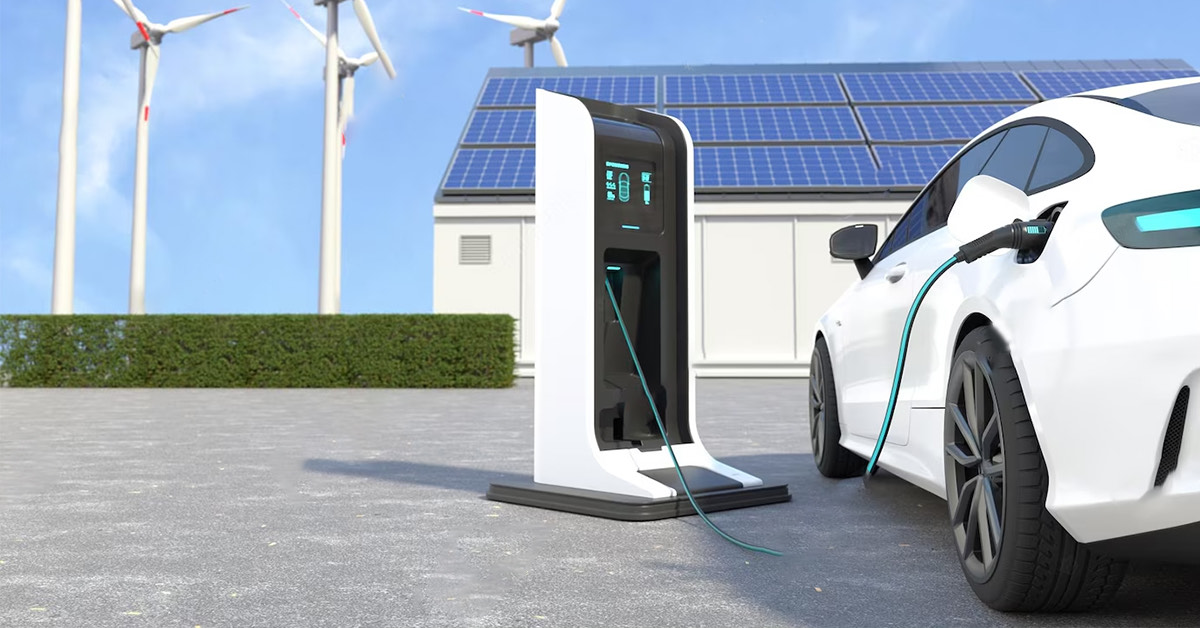The world knows how e-vehicles are ecologically advantageous. First, they help us eliminate the use of non-renewable energy sources for fuel. Two, they do not emit greenhouse gases that pollute the air and the environment. Besides, people are still skeptical about e-vehicles and their use in conserving our environment. Thus, we’ve come up with the straightforward advantages and disadvantages of e-vehicles.
Seven Advantages of E-vehicles
- Reduce depleting fossil fuel dependencies
Conventional cars run on combustion engines that need petroleum, diesel, or gasoline. On the other side, e-vehicles run on rechargeable batteries that need only electric power. So, we’re able to reduce our dependence on depleting non-renewable energy resources and save Mother Earth.
- Comparatively, there are fewer moving parts
Commercial cars that run on ordinary fuel have more moving parts and components. But electric cars have very few moving parts. Accordingly, you need not spend much of your time, energy, and money on maintaining them. A regular scheduled maintenance check and service are more than adequate for e-vehicles.
- Smooth running with less or no noise
As aforementioned, e-vehicles have fewer moving parts. And they do not produce a louder noise when driving. Very feeble sounds may be heard, but they do not count as noise. Owing to this, your driving becomes smooth and quiet.
- Completely safer to drive
In the case of accidents or unprecedented incidents, you need not worry about the fire. Because there is no ignition engine in an e-vehicle. Also, the center of gravity is low on these vehicles. This makes it more stable when collisions occur on the road. Thus, these e-vehicles are perfectly safe to drive.
- Tax benefits from the government
According to the U.S. Department of Energy, the government offers a credit of 10% of the vehicle cost to the buyer. Provided—he or she buys a qualified, plug-in electric two-wheeler or four-wheeler. In India, under the Income Tax Act 80EEB, an e-vehicle buyer can deduct up to INR 1,50,000 on interest for the vehicle loan.
- No harmful emissions
As e-vehicles run on rechargeable batteries, unlike combustion engines, they do not produce any emissions. Imagine that when the whole world operates on e-vehicles, there will be zero emissions from the transportation sector. And we will no longer pollute the air and cause ozone depletion.
- Save fuel and maintenance costs
E-vehicles do not need much maintenance like conventional vehicles. Hence, you can save a lot of money on yearly maintenance costs. On the other side, charging your vehicle is not going to hit your electricity bills. So, you save on fuel costs on a weekly and monthly basis.
Things you must know about e-vehicle maintenance >>>
Three Disadvantages of E-vehicles
- Fewer design and model options
Today, we can witness only a few electric vehicle models in both four-wheelers and two-wheelers. Thus, people are short on design and aesthetic choices when it comes to vehicle purchases. However, in the years to come, the manufacturers will launch more e-vehicle models and options to meet the demands of the market.
- Less frequent charging ports are in the city
Charging the batteries becomes a concern when you’re planning long journeys. In 2021, in the United States, there were over forty thousand charging stations for the public. Now, the number must have been at least 2X. This will increase further in the future. And in the next decade, there won’t be any shortage of charging ports across countries globally.
- Hefty initial costs
You may be astonished to see the current prices of electric vehicles. However, the good news is that the prices are going to go down. Because production volumes have increased lately. Also, advanced technologies are making it cost-effective for manufacturers, thereby benefiting end consumers.




